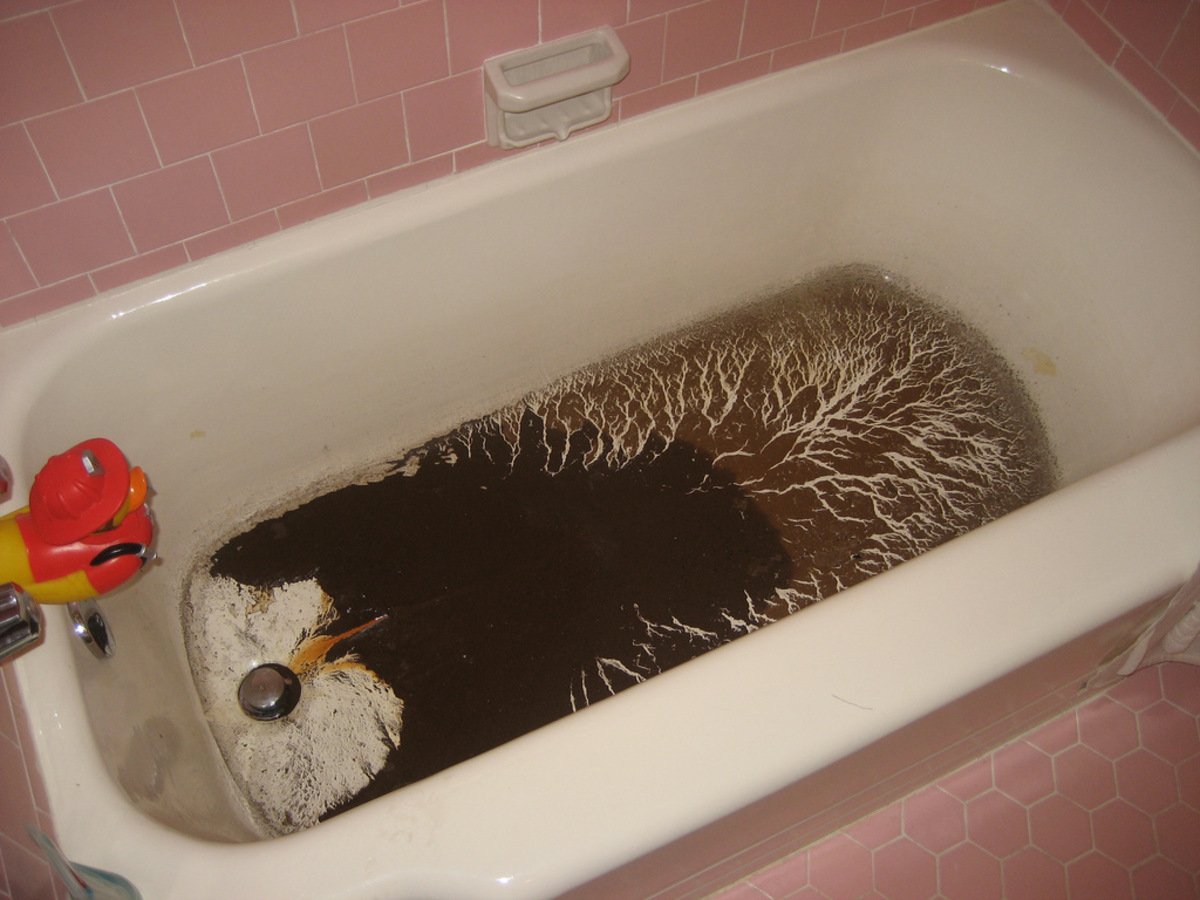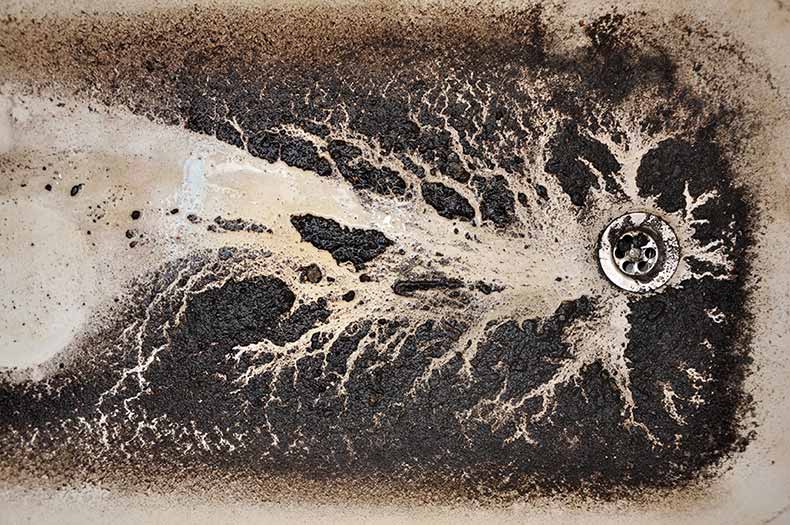Exposing the Causes of Waste in the Bathtub
Exposing the Causes of Waste in the Bathtub
Blog Article
How do you feel in regards to Water Coming up Bathtub Drain?

Sewage back-up in the tub can be a stressful and unhygienic problem for any kind of property owner. Not just is it bothersome, however it also postures significant health and wellness threats and suggests underlying concerns with the plumbing system. Understanding why sewage is coming up through the bath tub is crucial for taking appropriate activity to attend to the trouble efficiently.
Intro to the Problem
Usual Factors for Sewage Back-up
Blockages in the Drain Line
Among the most usual causes of sewage back-up is a clog in the sewer line. This can take place due to the buildup of particles, grease, or international things in the pipelines, preventing correct flow and creating sewage to support right into your tub.
Tree Origin Invasion
Tree origins seeking dampness and nutrients can penetrate sewage system lines with tiny fractures or joints. In time, these roots can expand and increase, triggering significant damages to the pipelines and causing sewage backup problems.
Recognizing the Problem
When sewage starts backing up right into the bathtub, it's a clear indication of a trouble with the water drainage system. The wastewater that ought to be flowing far from your home is rather finding its way back into your home, which can result in significant damages and health hazards.
Potential Causes
Several factors can add to sewage back-up in the bath tub. From clogs in the sewer line to problems with the plumbing facilities, recognizing the source is crucial for finding a remedy.
Aging Infrastructure
Older homes may have outdated plumbing systems that are much more susceptible to rust, splits, and degeneration. As pipelines age, they come to be a lot more prone to leakages and clogs, enhancing the probability of sewage backup cases.
Heavy Rainfall or Flooding
During durations of heavy rainfall or flooding, the sewer system might come to be overloaded with excess water, causing back-ups and overflows. This can lead to sewage supporting right into bathtubs and other components inside the home.
Indicators of Sewer Backup
Foul Odors
Undesirable smells originating from drains pipes or components, especially in the shower room, might show sewer back-up concerns. These odors are frequently solid and persistent, indicating a trouble that requires instant focus.
Slow Draining Fixtures
Bathtubs, sinks, and toilets that drain gradually or not whatsoever could be experiencing sewage backup. If multiple fixtures are affected concurrently, it's most likely that the concern stems from a typical point, such as the major sewer line.
Gurgling Noises
Odd gurgling or bubbling noises originating from drains pipes when water is running in other places in the house are a measure of air caught in the plumbing system. This air buildup can arise from sewage backup and ought to be checked out promptly.
Wellness Risks Connected With Sewage Backup
Contamination of Water
Sewage back-up can infect the supply of water in your house, presenting a major health risk to you and your family members. Exposure to contaminated water can cause intestinal concerns, skin infections, and various other ailments.
Mold Development
Wetness from sewer back-up can create suitable problems for mold development in your house. Mold spores can exacerbate respiratory troubles and trigger allergic reactions in sensitive individuals, making prompt cleaning vital.
Spread of Disease
Sewer consists of harmful germs, infections, and parasites that can cause a series of illness, consisting of hepatitis, cholera, and gastroenteritis. Entering into contact with sewage or polluted surfaces places you in danger of infection.
Cleaning Up After Sewage Back-up
Sanitation Procedures
Thoroughly decontaminate and disinfect affected areas after sewer back-up to get rid of unsafe bacteria and prevent mold and mildew growth. Use appropriate cleaning items and protective equipment to ensure safe and efficient cleaning.
Reconstruction of Impacted Locations
Repair any type of damages to flooring, wall surfaces, or fixtures brought on by sewage back-up. Depending upon the level of the damage, you might need to replace carpets, drywall, or various other materials to recover your home to its pre-loss condition.
Immediate Actions to Take
Turning Off Supply Of Water
In case of sewer back-up, it's essential to turn off the water system to stop further contamination and damages. Locate the primary water shutoff valve in your house and shut it off till the concern can be settled.
Contacting a Professional Plumber
Taking care of sewer backup is not a DIY job. Contact an accredited plumber with experience in handling sewage-related problems to assess the situation and carry out essential repairs or clean-ups.
Staying Clear Of Contact with Polluted Water
Until the sewage backup is fixed, avoid contact with polluted water to stop the spread of microorganisms and pathogens. Put on safety equipment if you have to remain in the affected location and clean your hands thoroughly afterward.
Preventive Measures
Routine Upkeep of Drain Lines
Set up normal examinations and upkeep of your drain lines to identify and address potential concerns prior to they rise into major troubles. This can include cleaning out particles, inspecting for tree root breach, and fixing any broken pipes.
Installing Bayou Valves
Think about installing bayou shutoffs in your plumbing system to stop sewage from receding into your home during periods of heavy rainfall or flooding. These valves automatically close when water draws back up, securing your building from contamination.
Correct Disposal of Household Waste
Prevent flushing anything other than toilet paper and human waste down the toilet to avoid clogs and clogs in the sewer line. Dispose of grease, oil, and various other house chemicals correctly to reduce the risk of plumbing problems.
Why Is Water Backing Up in My Bathtub When I Flush My Toilet?
What to do about a sewer line clog
First, don’t bother with plunging. No amount of plunging will dislodge the clog in a sewer line. The clog is too far away. Plungers are for clogs in the toilet itself, not the sewer line. Plus, the most likely causes of a sewer clog are:
Tree roots Flushed toys or feminine products Grease buildup Those items don’t move easily. And in the case of tree roots, the roots need to be cut out of the pipe and the pipe will need to be repaired.
You’ll need a closet auger. A closet auger is a type of plumber’s snake with a protective cover to keep from scratching the delicate porcelain toilet. If the clog is further down, you may need to remove the toilet or use one of your cleanouts to get to the clog.
We also recommend doing a video inspection of the drain to ensure that the cause of the clog has been completely removed. Otherwise, you could have the same problem again in a few days or weeks.
https://mspplumbingheatingair.com/blog/why-is-water-backing-up-in-my-bathtub-when-i-flush-my-toilet

Do you appreciate reading up on Water Coming up Bathtub Drain? Put feedback down the page. We'd be pleased to know your opinion about this entry. We hope that you come back again in the near future. Loved our posting? Please quickly share it. Let another person check it out. I take joy in your readership.
Call Today
Report this page